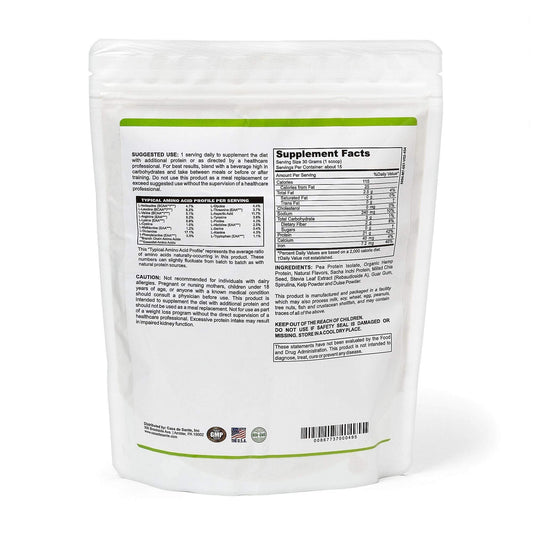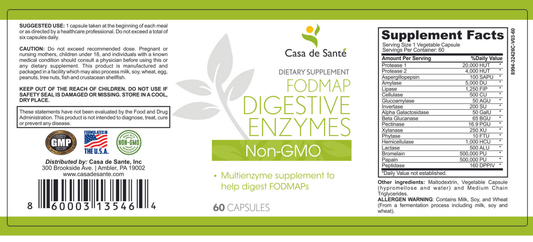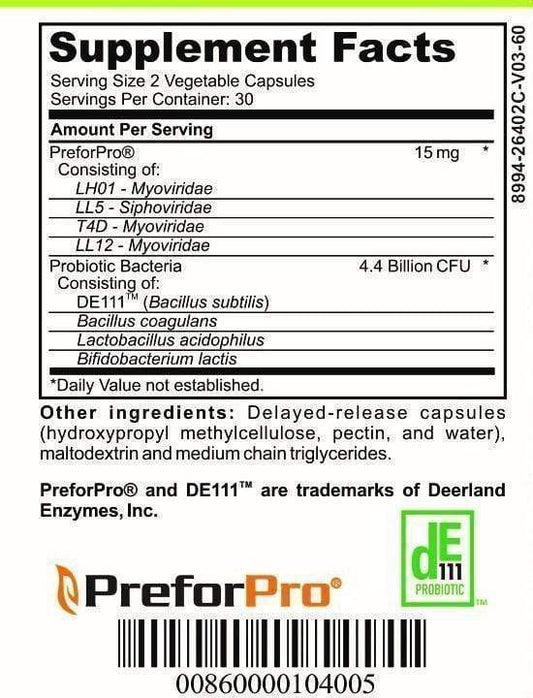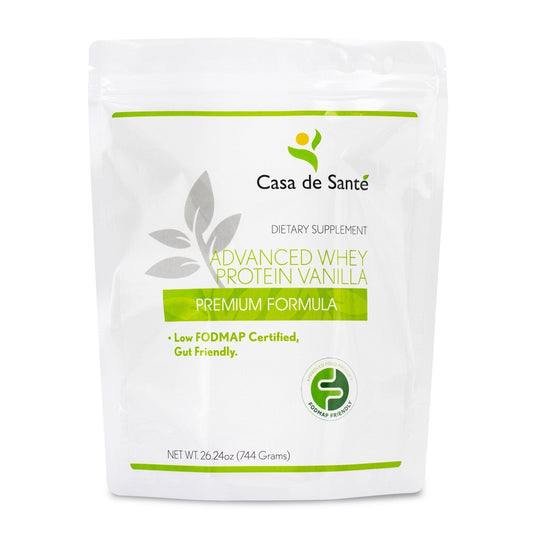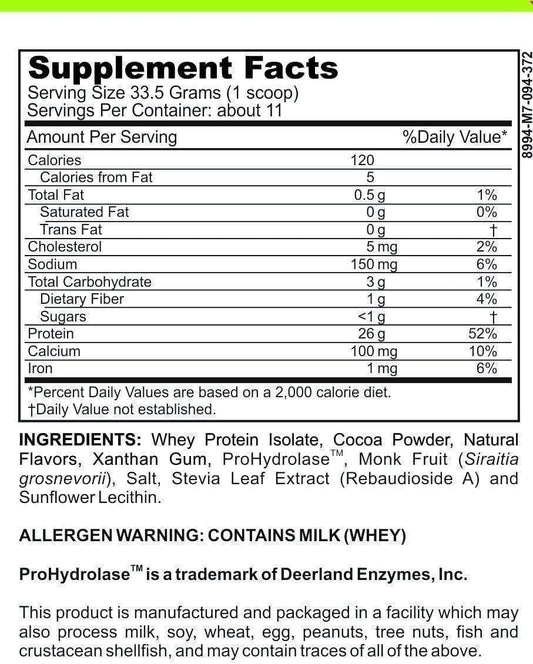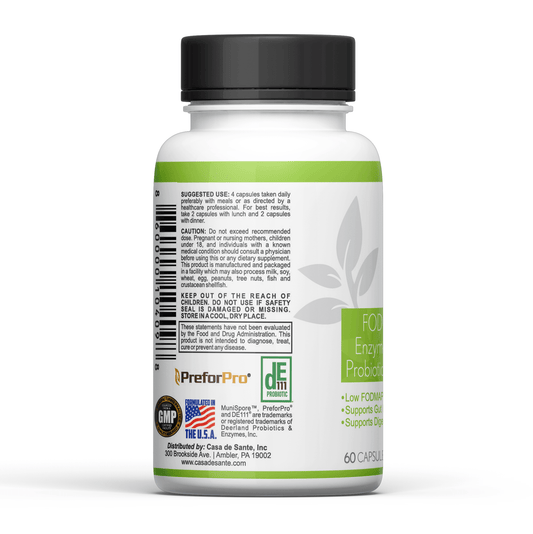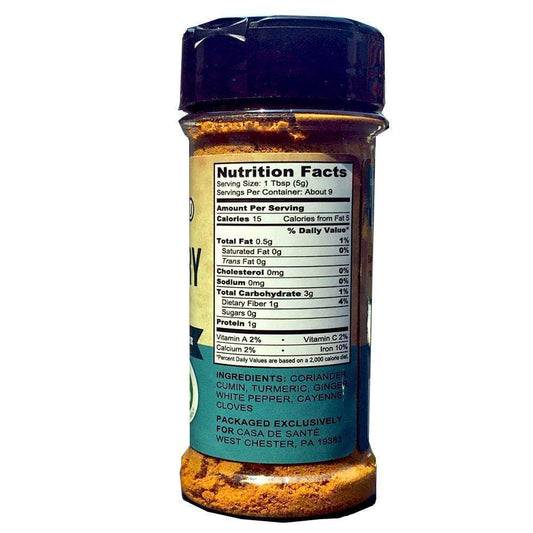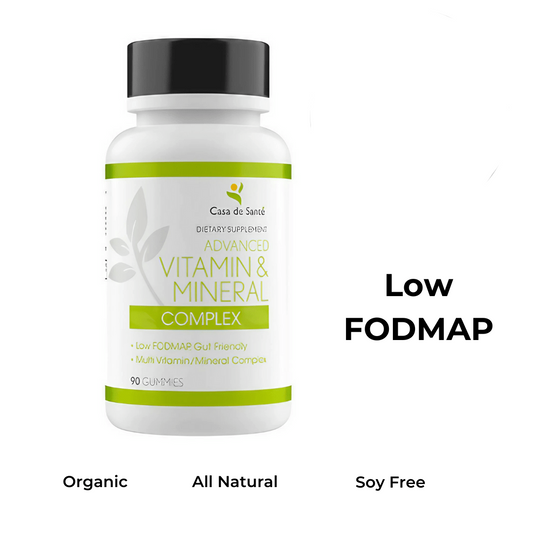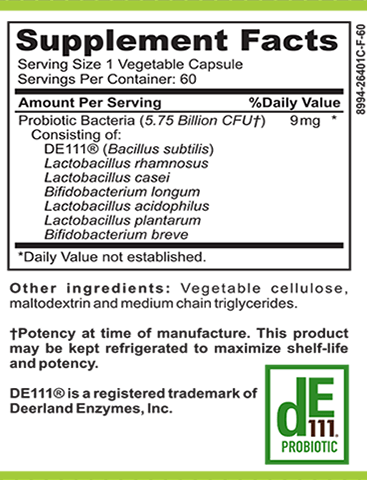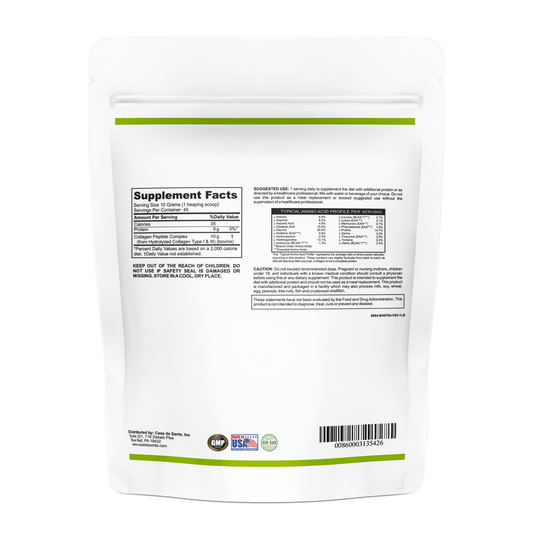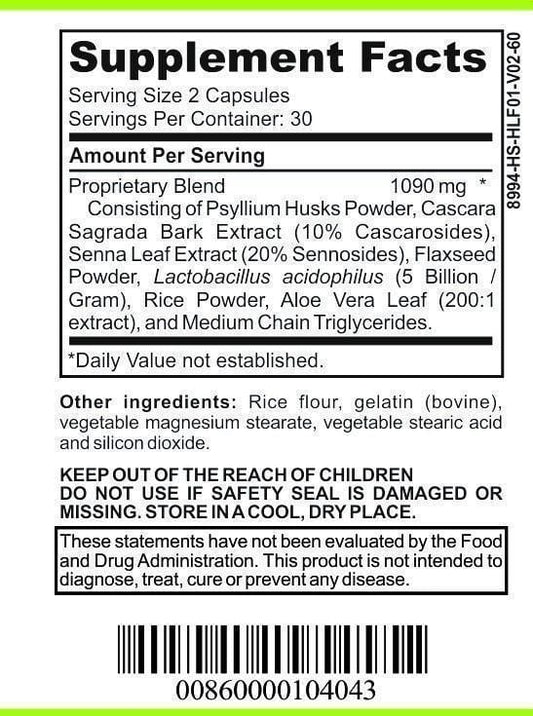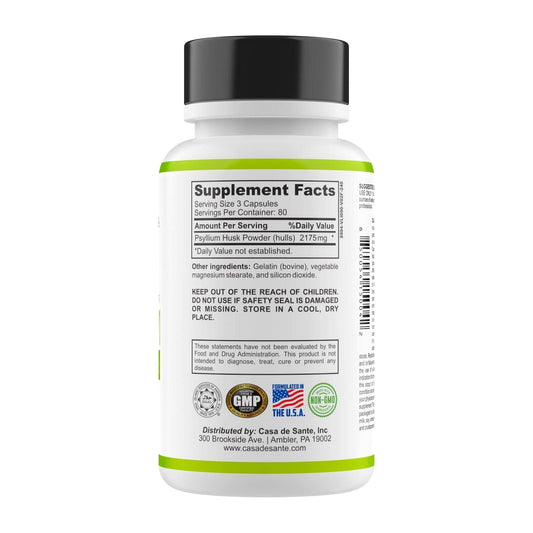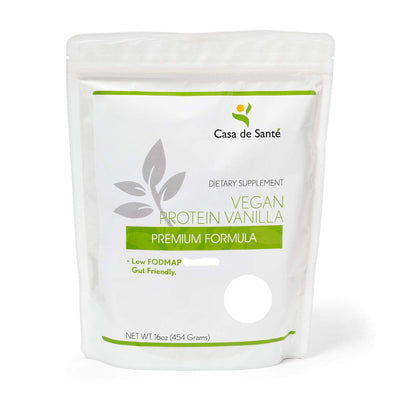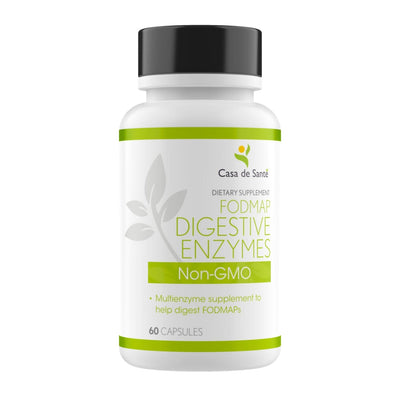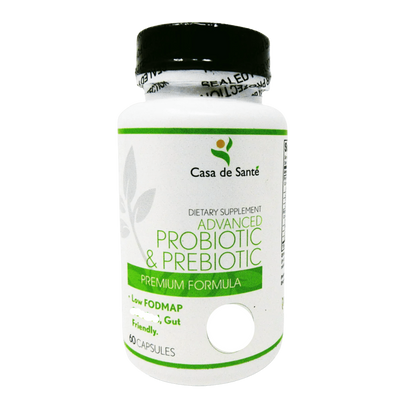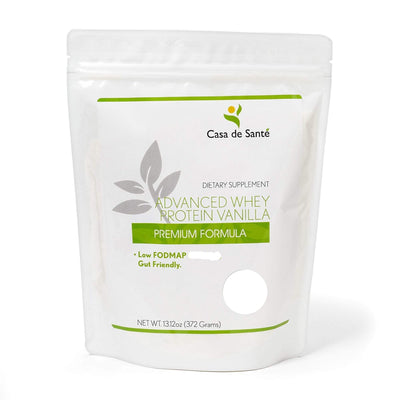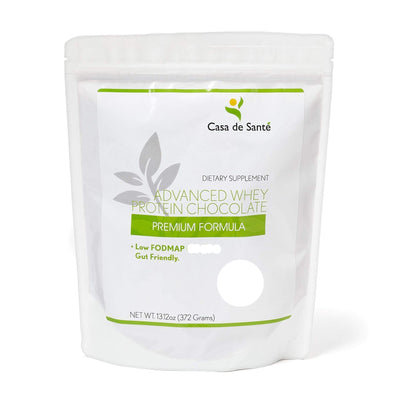Is Chili Powder Gluten Free
Is Chili Powder Gluten Free
Chili powder is a popular spice blend used in many dishes, but for those with gluten sensitivities or celiac disease, it's essential to know if chili powder is gluten-free. In this article, we will explore the topic of chili powder and its gluten content, providing you with the information you need to make informed choices about your diet.
Understanding Gluten and Its Effects
Before diving into the gluten content of chili powder, let's first understand what gluten is and how it affects the body. Gluten is a protein found in wheat, barley, and rye. For individuals with celiac disease, consuming gluten triggers an immune response that damages the small intestine, leading to various digestive symptoms and long-term health complications.
What is Gluten?
Gluten is a composite of proteins that give dough its elasticity and help it rise during baking. It allows bread and other gluten-containing products to have a chewy texture and maintain their shape.
Gluten is made up of two main proteins: gliadin and glutenin. These proteins are responsible for the unique properties of gluten, such as its ability to trap air bubbles and create a light and fluffy texture in baked goods. Gliadin contributes to the stretchiness of dough, while glutenin provides strength and structure.
Gluten is not only found in wheat, barley, and rye but can also be present in other grains due to cross-contamination during processing. This is a concern for individuals with celiac disease or gluten sensitivity, as even small amounts of gluten can trigger an immune response.
How Gluten Affects the Body
In individuals with celiac disease, consuming gluten triggers an autoimmune response that damages the intestine's lining, impairing nutrient absorption. This can lead to symptoms such as abdominal pain, bloating, diarrhea, and fatigue. It's crucial for those with celiac disease to follow a strictly gluten-free diet to avoid these complications.
When gluten is ingested by someone with celiac disease, the body mistakenly identifies it as a threat and produces antibodies to attack it. These antibodies not only target the gluten but also attack the lining of the small intestine, causing inflammation and damage. Over time, this damage can lead to nutrient deficiencies and other serious health issues.
Gluten sensitivity, also known as non-celiac gluten sensitivity, is a condition where individuals experience symptoms similar to those with celiac disease but do not have the same immune response or intestinal damage. The exact cause of gluten sensitivity is still unclear, but it is believed to involve a combination of genetic and environmental factors.
It's important to note that not everyone needs to avoid gluten. For individuals without celiac disease or gluten sensitivity, gluten is generally well-tolerated and does not cause any adverse effects. However, some people may choose to follow a gluten-free diet for other reasons, such as personal preference or to manage certain health conditions.
In conclusion, understanding gluten and its effects is crucial for individuals with celiac disease or gluten sensitivity. By avoiding gluten-containing foods and following a gluten-free diet, they can effectively manage their condition and prevent long-term health complications.
The Composition of Chili Powder
Chili powder is a spice blend commonly used in various cuisines, known for its distinctive and spicy flavor. It typically contains a mixture of ground chili peppers, along with other spices and seasonings.
Chili powder is not only a popular ingredient in Mexican and Tex-Mex dishes but also finds its way into many other culinary traditions around the world. Its vibrant red color and fiery taste add a punch of flavor to soups, stews, marinades, and even desserts.
The main ingredient in chili powder is, of course, ground chili peppers. These peppers come in various varieties, each with its own level of heat and flavor profile. Some commonly used chili peppers include ancho, cayenne, chipotle, and jalapeno. The choice of chili peppers used in the blend can greatly impact the overall taste and spiciness of the powder.
Common Ingredients in Chili Powder
In addition to ground chili peppers, many store-bought chili powders also include other spices such as cumin, garlic powder, onion powder, and paprika. These additional ingredients enhance the overall flavor and aroma of the blend, making it a staple in many savory dishes.
Cumin, with its warm and earthy notes, adds depth and complexity to the chili powder. Garlic powder contributes a pungent and slightly sweet flavor, while onion powder brings a subtle sweetness and savory undertones. Paprika, made from dried and ground red bell peppers, not only imparts a vibrant red color to the powder but also adds a mild and slightly sweet taste.
Some variations of chili powder may also include additional spices like oregano, coriander, cinnamon, or even cocoa powder. These unique additions can further enhance the flavor profile and create a more complex and intriguing taste experience.
Potential Sources of Gluten in Spices
While the primary ingredients in chili powder are naturally gluten-free, there is a risk of cross-contamination during the manufacturing process. This can occur when spices are processed in facilities that also handle gluten-containing products, leading to potential traces of gluten in the final product.
For individuals with gluten sensitivities or celiac disease, it is important to carefully read labels and choose chili powders that are certified gluten-free. Many reputable spice manufacturers now offer gluten-free certifications to ensure the safety of their products.
It is worth noting that pure spices, including chili powder, are generally considered safe for most people with gluten sensitivities, as the risk of cross-contamination is relatively low. However, it is always best to err on the side of caution and choose certified gluten-free options when available.
In conclusion, chili powder is a versatile spice blend that adds a fiery kick and complex flavor to a wide range of dishes. Whether you're making a hearty chili, spicing up your grilled meats, or adding a touch of heat to your chocolate desserts, chili powder is a must-have in any well-stocked pantry.
Gluten-Free Certification and Labeling
When it comes to purchasing chili powder or any other food product, it's important to look for gluten-free certification and proper labeling to ensure its safety for individuals with celiac disease or gluten sensitivities.
But what exactly does it mean when a product is labeled as gluten-free? Let's dive deeper into the world of gluten-free labels and certifications to understand their significance.
Understanding Gluten-Free Labels
Gluten-free labels are regulated by government agencies in many countries. If a product is labeled as "gluten-free," it means it contains less than the specified amount of gluten, typically 20 parts per million (ppm). This level of gluten is considered safe for most individuals with celiac disease.
However, it's important to note that gluten-free labeling is voluntary in some countries, which means not all products may have this label even if they are gluten-free. In such cases, it becomes crucial to rely on other indicators of gluten content, such as ingredient lists and allergen warnings.
Importance of Certification for Gluten-Free Products
While gluten-free labeling provides some level of assurance, gluten-free certification adds an additional layer of confidence for consumers. When shopping for chili powder or any other gluten-free product, it's advisable to look for reputable certification symbols on the packaging.
These certification symbols indicate that the product has been independently tested and complies with gluten-free standards. One such organization that provides gluten-free certification is the Gluten-Free Certification Organization (GFCO). Their certification ensures the absence of gluten in the product, giving consumers peace of mind.
Gluten-free certifications are not only important for individuals with celiac disease or gluten sensitivities but also for those who prefer to follow a gluten-free diet for various reasons, such as personal health choices or dietary restrictions.
Moreover, gluten-free certifications can also be beneficial for food manufacturers. By obtaining these certifications, they can tap into a growing market of gluten-free consumers and differentiate their products from others that may not meet the same standards.
It's worth mentioning that gluten-free certifications may vary from country to country, so it's essential to familiarize yourself with the specific certification symbols and organizations relevant to your region.
So, the next time you're browsing the aisles for chili powder or any other food product, keep an eye out for gluten-free certification symbols and proper labeling. By doing so, you can ensure the safety and peace of mind for yourself or anyone with gluten-related dietary needs.
Precautions to Take When Buying Chili Powder
When purchasing chili powder, taking some precautions can help minimize the risk of accidentally consuming gluten. It is important to be aware of potential hidden sources of gluten and the risks of cross-contamination.
Checking Labels for Hidden Gluten
Always read the labels of chili powder carefully. Look for any hidden sources of gluten, such as additives, fillers, or flavor enhancers that may contain gluten-derived ingredients. Manufacturers are required to list common allergens on their labels, including wheat, which is the primary source of gluten. However, it is still important to carefully review the entire ingredient list to ensure there are no hidden sources of gluten.
Furthermore, some chili powder brands voluntarily undergo gluten-free certification. This means that the product has been tested and meets the standards set by gluten-free organizations. If the label specifies that the product is gluten-free or certified gluten-free, it's a good indication that it's safe for consumption. However, it is always recommended to double-check the ingredient list to ensure there are no hidden sources of gluten.
Risks of Cross-Contamination
Manufacturing processes sometimes involve shared equipment or facilities, which may introduce gluten cross-contamination. Even if the chili powder itself does not contain gluten, it can still come into contact with gluten during production, packaging, or transportation.
To minimize the risk of accidental gluten exposure, look for chili powders that have dedicated gluten-free production lines or facilities. These facilities have strict protocols in place to prevent cross-contamination. They ensure that gluten-containing ingredients or products are not processed on the same equipment or in the same area as gluten-free products. Choosing chili powder from dedicated gluten-free facilities provides an extra layer of assurance for individuals with gluten sensitivities or celiac disease.
It's also worth noting that some manufacturers voluntarily test their products for gluten content. These tests can help identify any potential cross-contamination issues and provide additional peace of mind for consumers.
In conclusion, when buying chili powder, it is important to carefully read labels for hidden sources of gluten and consider the risks of cross-contamination. By taking these precautions, individuals can make informed choices and minimize the risk of accidentally consuming gluten.
Making Your Own Gluten-Free Chili Powder
If you prefer to have complete control over the ingredients and avoid any risk of gluten cross-contamination, making your own gluten-free chili powder can be a simple and rewarding process.
Selecting the Right Ingredients
To create a homemade gluten-free chili powder, start with high-quality ground chili peppers and add complementary spices of your choice. Opt for certified gluten-free spices to ensure the absence of gluten. Popular additions include cumin, garlic powder, onion powder, and paprika, among others. Experiment and adjust the proportions to suit your taste preferences.
Steps to Making Homemade Chili Powder
- Gather all the ingredients.
- Measure the desired quantities of ground chili peppers and other spices.
- Combine the ingredients in a bowl.
- Thoroughly mix the spices to create an even blend.
- Store the homemade chili powder in an airtight container in a cool, dry place.
With your homemade gluten-free chili powder, you can confidently spice up your favorite dishes while maintaining control over the ingredients.
Conclusion
In conclusion, chili powder can be gluten-free, but it's crucial to be mindful of potential cross-contamination and to choose products with proper gluten-free certification. Reading labels, understanding gluten-free standards, and taking precautions when buying chili powder can help individuals with celiac disease or gluten sensitivities enjoy this versatile spice blend without risking their health.


